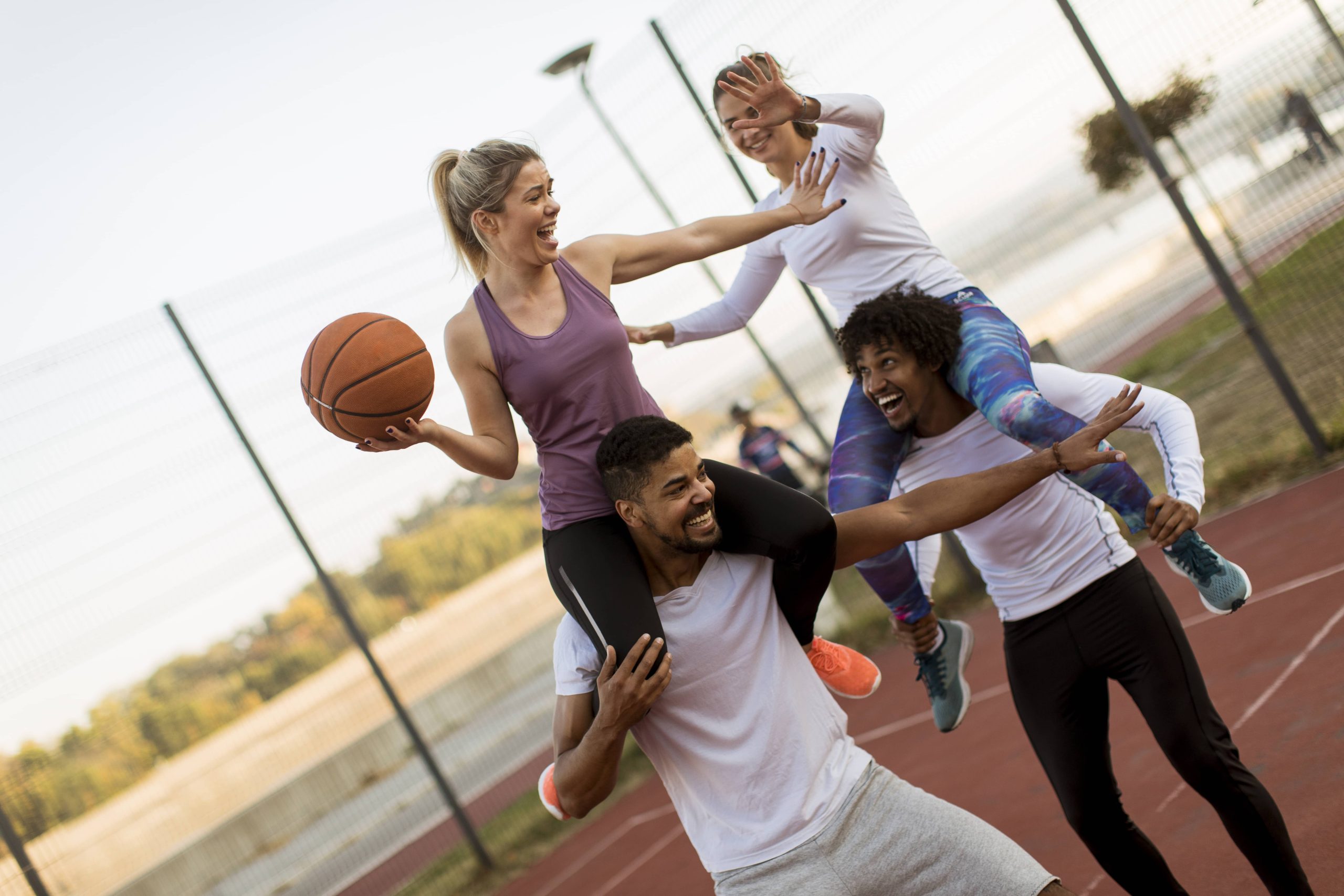
In the tapestry of sports and athleticism, where strength, speed, and agility are celebrated, there lies an equally compelling narrative that often gets overshadowed—the transformation from fragile to agile. For many of us, having the dream of being agile or the muse to become a fitter version often seems out of reach due to our physical fragility, past injuries, or sheer mental barriers. Yet, with the right mindset, regimen, and support, transforming from fragile to agile is not just a possibility, but a thrilling journey that redefines one’s resilience and potential.
Understanding the Fragile Framework
Before embarking on any transformation, it’s imperative to understand the initial state. The term ‘fragile’ in the context of sports health often describes a physical state that is susceptible to injury, pain, or dysfunction. This fragility can stem from various origins—chronic conditions like arthritis or osteoporosis, prior injuries like fractures or tears, or even underdeveloped muscles due to a sedentary lifestyle.
One of the most vital first steps is acknowledging the current state of the body without any sense of shame or inhibition. Everyone’s journey begins from a different starting line, and recognizing one’s vulnerabilities is part and parcel of pushing beyond them.
The Mindset Shift
The transformation journey is as much mental as it is physical. The power of the mind in overcoming physical barriers is immense and often underestimated. This shift begins with setting realistic and personalized goals. Instead of vague aspirations like “getting fit,” framing it in actionable terms—such as running a 5k without stopping, doing a set of 20 push-ups in succession, or mastering a yoga pose—makes these goals tangible and less daunting.
Equally crucial is maintaining a positive attitude. Celebrating small milestones, appreciating the progress regardless of scale, and staying motivated through reminders of why you began can turn potential setbacks into mere stepping stones.
Holistic Nutrition: Fueling the Agile
Any attempt to transition from fragile to agile demands a reassessment of one’s nutritional intake. Proper nutrition is the body’s building block; it repairs cells, builds muscle, and boosts the immune system. The focus should be on a balanced diet rich in wholesome and nutrient-dense foods.
Protein, a crucial macronutrient, plays a pivotal role in muscle repair and growth. Whether through animal sources like chicken, fish, and eggs or plant-based proteins like lentils, beans, and quinoa, ensuring adequate protein intake can help the body heal and grow stronger. Incorporating healthy fats such as avocados, nuts, and oils is also essential for joint health and cardiovascular endurance.
On the micronutrient front, calcium and vitamin D are critical for bone strength, while antioxidants found in fruits and vegetables help reduce inflammation. Keeping the body hydrated is equally important as it impacts everything from joint lubrication to cognitive performance.
Building Strength and Agility
Once the foundational mental and nutritional pieces are in place, it’s time to shift focus to exercise—the cornerstone of becoming agile. Here, the emphasis should be on a balanced mix of strength training, flexibility exercises, and cardiovascular workouts.
Strength Training: Building muscle not only enhances physical performance but also protects against injury. Weightlifting, resistance bands, and bodyweight exercises like squats, lunges, and push-ups are excellent starting points. It’s crucial to understand the form and technique to prevent injuries. Engaging a personal trainer, even if just for a few sessions, can ensure the exercises are performed safely and effectively.
Flexibility and Mobility: Integrating practices like yoga or Pilates can significantly improve flexibility and balance. Stretching routines elongate the muscles, improving joint mobility and reducing the risk of strain or injury during high-impact activities. Additionally, these activities promote mindfulness, cultivating a deeper connection between the mind and body.
Cardiovascular Fitness: Cardiovascular exercises like walking, cycling, swimming, or running at one’s own pace are essential for building stamina. These activities are not just about grinding; they’re about finding joy in movement, which can significantly improve heart health, endurance, and mental well-being.
Overcoming Setbacks and Plateaus
As with any transformative journey, setbacks and plateaus are inevitable phases. Injuries may occur, or progress might stall. In such scenarios, it’s essential not to succumb to discouragement. Recovery should be seen as part of the journey, with a focus on rehabilitation, rest, and modifying the regimen to avoid exacerbating the injury.
Embracing the concept of active recovery—like engaging in low-impact activities that promote blood flow and facilitate healing—can be beneficial. During plateaus, refreshing the workout routine or revisiting nutritional plans with a professional can offer new insights and pathways forward.
Harnessing Support and Community
The road from fragile to agile is less daunting when surrounded by a supportive community. Online forums, local sports groups, or fitness classes can provide motivation, companionship, and accountability. Sharing experiences and learning from others who have traversed a similar path can offer new perspectives and inspiration.
Moreover, professional guidance from healthcare providers, nutritionists, or personal trainers can tailor this journey to specific needs, ensuring a focus on personal limitations and objectives.
Conclusion: A Lifelong Journey
In essence, transitioning from fragile to agile transcends the basic desire to be fit—it epitomizes a comprehensive approach to health that blends physical fitness with mental fortitude and nutritional wisdom. It teaches resilience, patience, and an enduring ability to adapt to life’s dynamism.
Such a transformation is not a one-time achievement but a lifelong journey that necessitates continual learning and adaptation. By embracing this mindset, individuals not only enhance their physical capabilities but also enrich their quality of life, transforming fragility into a testimony of agile potential. Whether you’re at the beginning of this journey or somewhere along the path, remember that every step counts, and the milestones of today lay the foundation for the triumphs of tomorrow.











